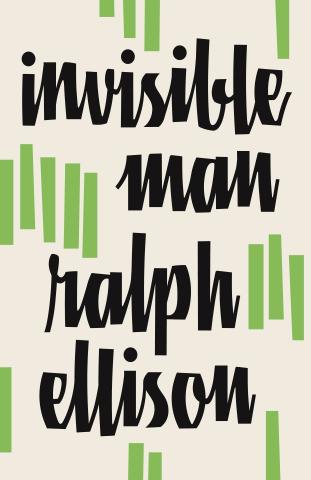
"Invisible Man" by Ralph Ellison is a powerful and thought-provoking novel that explores the complexities of African American identity in a society that refuses to see them as anything but invisible. Published in 1952, the book tells the story of an unnamed narrator who struggles to find his place in a world that constantly denies his existence.
The novel is set in the early 20th century and follows the narrator's journey from his youth in the South to his experiences in the North, where he encounters racism, violence, and exploitation. The narrator's quest for identity is complicated by the fact that he is not only a black man in a white-dominated society but also an individual struggling to define himself.
Throughout the novel, Ellison employs richly symbolic imagery to convey the narrator's experiences and emotions. The use of motifs such as blindness, invisibility, and masks emphasizes the ways in which society seeks to hide or ignore the realities of racism and prejudice. At the same time, the narrator's invisibility serves as a metaphor for the struggle of African Americans to assert their identity and agency in a society that denies them these basic human rights.
Ellison's prose is both poetic and poignant, as he explores the complexities of race, identity, and power. He also addresses issues of class and gender, as the narrator navigates the world of white power brokers, black nationalists, and women who seek to control him.
Overall, "Invisible Man" is a powerful and important work that continues to resonate with readers today. It is a testament to the enduring legacy of racism and inequality in America, and a call to action for all those who seek to create a more just and equitable society. If you have not read this book yet, I highly recommend that you do so.